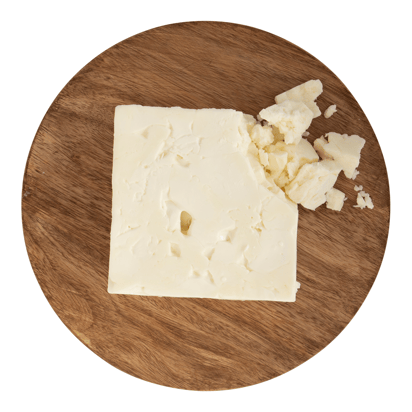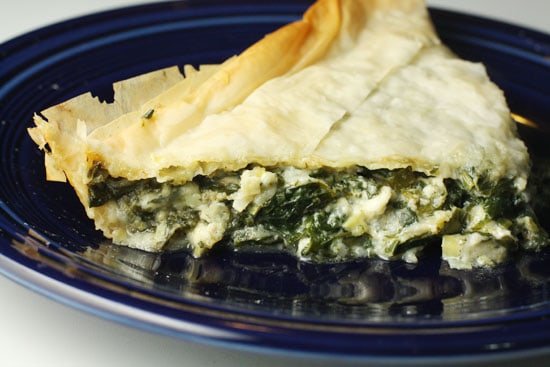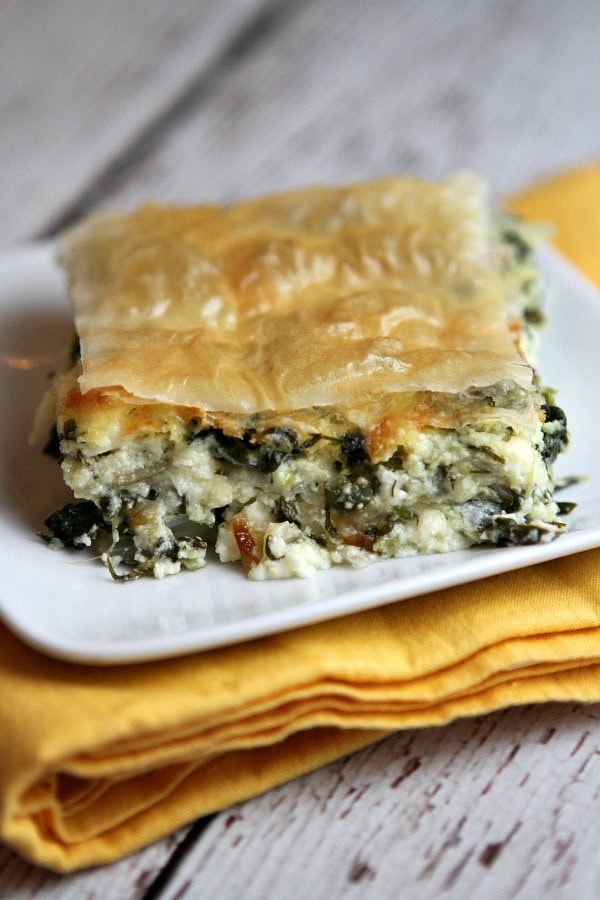Feta Cheese: Important Facts, Health Benefits, and Recipes
Explore the world of feta cheese, its health benefits, history, and culinary uses, and learn how to store, substitute, and incorporate this versatile ingredient into your healthy lifestyle.

Best Feta Cheese Recipes
-

-

-

-

-

-

-

-

-
![Southwest Quinoa and Grilled Corn Salad Image]()
-
![Shrimp Pasta with Roasted Red Peppers and Artichokes Image]()
-
![Sweet Potato and Caramelized Onion Pizza Image]()
-
![Grilled Corn and Pasilla Pepper Salad Image]()
-
![Stuffed Pasilla Peppers Image]()
-
![Zucchini and Dill Pasta Salad Image]()
-
![Grilled Pork Sliders with Greek Cole Slaw Image]()
-
![Greek Spinach Triangles Image]()
-
![Greek Style Cole Slaw Image]()
-
![Phyllo Triangles with Gorgonzola and Rosemary Image]()
-
![Greek Spinach Pie Image]()
-
![Greek Panzanella Salad Image]()
-
![Simple Greek Salad with Lemon Oregano Vinaigrette Image]()
-
![Easy Gourmet Salad Image]()
-
![How To Make An Antipasto Salad Platter Image]()
-
![Greek Mac and Cheese Image]()
-
![Spicy Breakfast Fajitas with Eggs and Guacamole Image]()
-
![Leftover Turkey Harvest Cobb Salad Image]()
-
![Watermelon, Jicama and Cucumber Salad Image]()
-
![Watermelon Feta Arugula Salad in Jars Image]()
-
![Roasted Heirloom Carrots with Feta, Truffle and Lemon Zest Image]()
-
![Watermelon Feta and Balsamic "Pizzas" Image]()
-
![Spiralized Mediterranean Beet and Feta Skillet Bake Image]()
-
![Spinach and Feta Stuffed Chicken Breasts Image]()
-
![Spinach Feta Frittata Image]()
-
![Cucumber Tomato Avocado Salad Image]()
-
![Greek Spinach - Tortellini Salad Image]()
-
![Chopped Vegetable Salad with Feta and Olives Image]()
-
![Greek Salad with Feta Image]()
-
![Chicken Spanakopita Rolls with Walnuts Image]()
-
![Orzo with Roasted Vegetables Image]()
-
![Mediterranean Seven Layer Dip Salad Image]()
-
![Very Berry Avocado Salad Image]()
-
![Quinoa Stuffed Chicken Breasts Image]()
-
![Turkey Meatball Orzo Salad Image]()
-
![Tomato and Watermelon Salad Image]()
-
![Babs's Kale Salad Image]()
-
![Spring Pasta Salad Image]()
-
![Greek Orzo Salad Image]()
-
![Summer Peach Salad Image]()









































